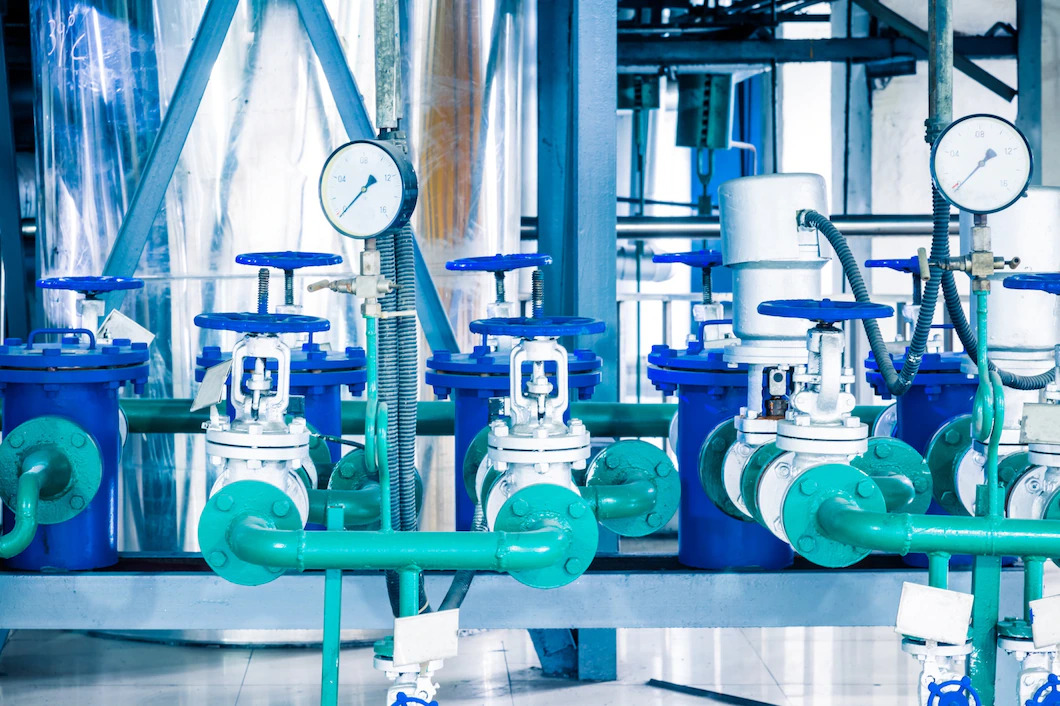A Guide to Maintenance and Troubleshooting for an 80 Gallon Water Heater
When it comes to ensuring that your 80 gallon water heater is functioning optimally and safely, regular maintenance and troubleshooting are essential. In this guide, we’ll provide you with tips on how to properly maintain your water heater, as well as how to identify and address any potential issues that may arise. We’ll also discuss typical repair costs associated with an 80 gallon water heater, common causes of malfunctions, and best practices for keeping the appliance in top condition. With these helpful steps, you can ensure that your water heater runs smoothly for years to come!
Maintenance Tips:
The best way to keep your 80 gallon water heater running smoothly is to stay ahead of potential problems with regular maintenance. Make sure to periodically check the pressure relief valve, drain valve, and insulation on the tank for signs of wear or damage. Additionally, it’s important to flush out the sediment that may have accumulated in the tank over time by draining a few gallons from the bottom of the tank at least once a year.

Troubleshooting: If you find yourself experiencing any issues with your 80 gallon water heater, diagnosing and troubleshooting them should be done as quickly as possible. Common issues include strange noises, leaks or drips, or a lack of hot water.
Average Repair Costs: The cost of repairing an 80 gallon water heater will depend on the complexity of the repair as well as any necessary parts that need to be replaced. Typically, repairs for small issues like leaky valves or drain hoses will cost anywhere from hundred dollars.
Common Causes of Malfunction: There are a few common causes that can lead to the malfunction of an 80 gallon water heater. These include improper installation, sediment buildup in the tank, or insufficient maintenance.
Best Practices for Keeping Your Water Heater Running Smoothly: To ensure your water heater keeps running at its best, there are a few key tips you should always follow. Make sure to regularly check the pressure relief valve and insulation on the tank for signs of damage or deterioration. You should also flush out any sediment build-up in the tank once a year by draining a few gallons from the bottom of the tank.
